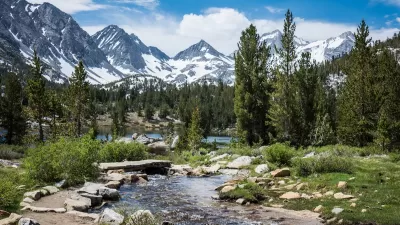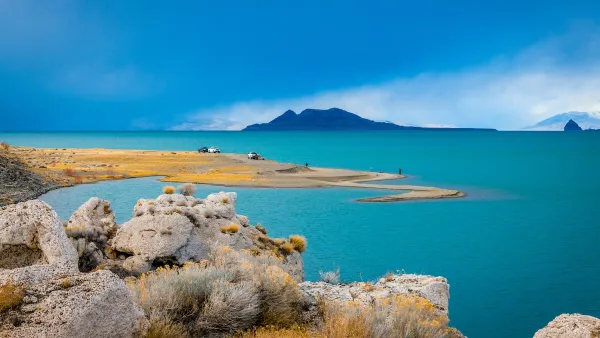Should the state dedicate five percent of its substantial oil and natural gas taxes to conservation efforts? Outdoors groups, hunters, and environmental activists say yes; energy companies say no, and millions of dollars are being spent on each side.
Appearing on the North Dakota ballot on Tuesday is Measure 5, an initiated constitutional amendment that "would redirect five percent of the state's oil extraction tax to a Clean Water, Wildlife, and Parks Trust and a Clean Water, Wildlife, and Parks Fund.[1]", according to Ballotpedia,
Daniel C. Vock, Governing’s transportation and infrastructure reporter, writes that the beneficiaries of the state's oil extraction tax have been diverse. "It has cut income and property taxes, built new roads and set aside more money for schools -- all while building up a sizable savings account."
Missing are measures the proponents want to see funded, "such as buying land (for conservation), creating parks, improving fish and wildlife habitats, preventing flooding, improving water quality and educating school children about the environment," writes Vock.
The main point of contention is whether it is wise to lock up as much as $150 million a year in state tax money for the foreseeable future when the growing state has so many other needs.
Critics of the measure don't want to reduce the amount of non-targeted oil tax revenues when the state is experiencing tremendous growth due to the burgeoning energy industry. The state is now the second largest oil producer after Texas.
Measure 5 was placed on the ballot by signature-gathering. "Ducks Unlimited is the biggest financial backer, pitching in $1.9 million of the $2.9 million raised by proponents so far," writes Vock.
The oil industry is leading the opposition, contributing nearly half of the $2.2 million raised by foes of the measure. Business groups, farmers and education advocates are also against the plan.
Readers might be interested in Governing's "2014 Ballot Measures That Matter Most for States and Localities: We're tracking more than 50 of the most important statewide ballot measures this year."
FULL STORY: North Dakota Fights over How to Spend Huge Oil Revenues

Planetizen Federal Action Tracker
A weekly monitor of how Trump’s orders and actions are impacting planners and planning in America.

Chicago’s Ghost Rails
Just beneath the surface of the modern city lie the remnants of its expansive early 20th-century streetcar system.

San Antonio and Austin are Fusing Into one Massive Megaregion
The region spanning the two central Texas cities is growing fast, posing challenges for local infrastructure and water supplies.

Since Zion's Shuttles Went Electric “The Smog is Gone”
Visitors to Zion National Park can enjoy the canyon via the nation’s first fully electric park shuttle system.

Trump Distributing DOT Safety Funds at 1/10 Rate of Biden
Funds for Safe Streets and other transportation safety and equity programs are being held up by administrative reviews and conflicts with the Trump administration’s priorities.

German Cities Subsidize Taxis for Women Amid Wave of Violence
Free or low-cost taxi rides can help women navigate cities more safely, but critics say the programs don't address the root causes of violence against women.
Urban Design for Planners 1: Software Tools
This six-course series explores essential urban design concepts using open source software and equips planners with the tools they need to participate fully in the urban design process.
Planning for Universal Design
Learn the tools for implementing Universal Design in planning regulations.
planning NEXT
Appalachian Highlands Housing Partners
Mpact (founded as Rail~Volution)
City of Camden Redevelopment Agency
City of Astoria
City of Portland
City of Laramie





























